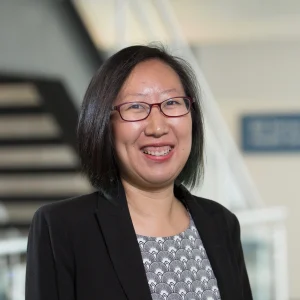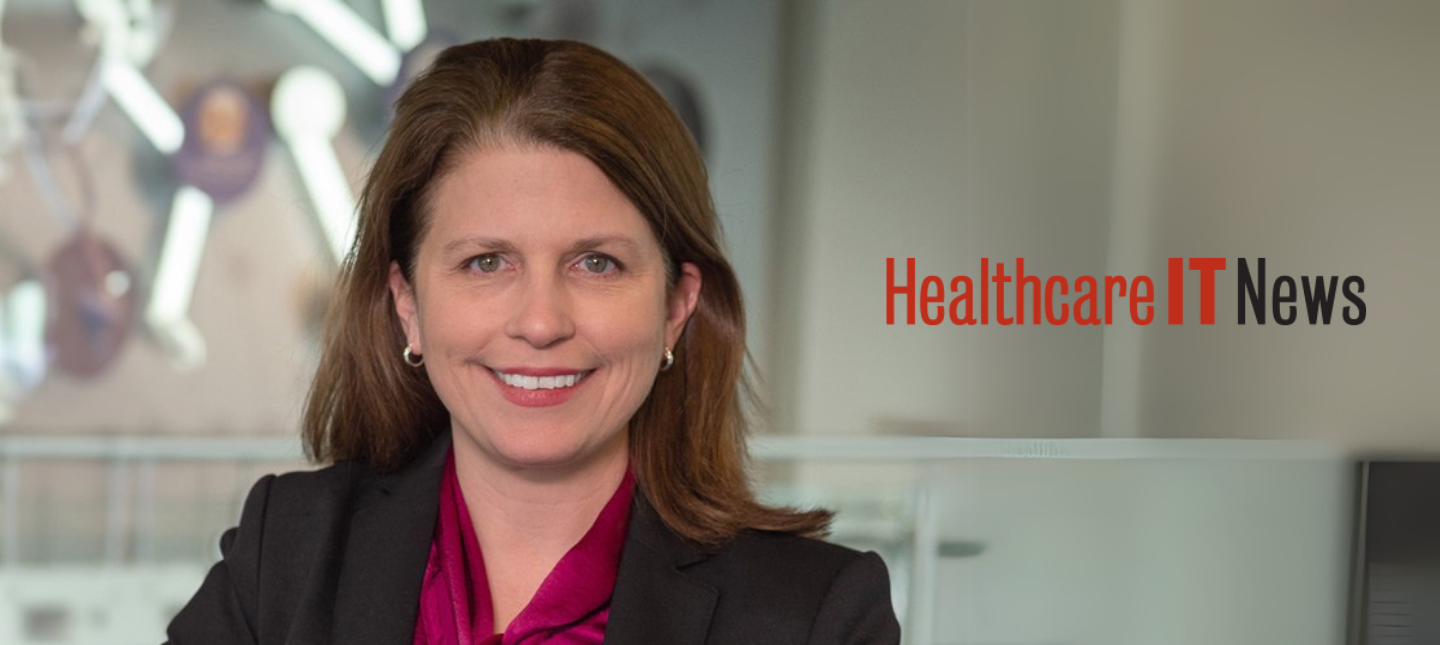By Joy L. Lee, PhD, MS, Regenstrief Institute Research Scientist
Going to the doctor is intimidating for many people, and it can be especially so for people from minority groups. There are many reasons why people from minority groups are particularly uncomfortable in healthcare settings, including fear and past bad experiences. And when people do see their doctors, there are many barriers that can keep patients and doctors from understanding each other. Language is one significant reason. Differences in class, culture, education and even personality between patients and their doctors can all influence how well a visit goes and how well patients and doctors understand each other.
Yet patients have a right to be understood. English should not be a requirement for receiving good care from your doctor.
According to the U.S. census, 60 million Americans speak a language other than English at home. I am one of them. I moved to the United States with my family when I was in the fourth grade. At the time, I only knew some basic phrases and could neither read nor write in English. Learning English was a long and hard-fought process.
For years, even as I began thinking in English and feeling comfortable in my command of the language, new situations would make me nervous. I worried that someone would say something I couldn’t understand, and I would embarrass myself. Going to the doctor was one of those situations. What I didn’t realize was that it wasn’t my responsibility to know big medical words. It wasn’t even my responsibility to be understood. A doctor’s visit is a two-way conversation. Doctors have a responsibility to understand their patients and to communicate in a way that patients can understand them. Patients have the right to engage in the conversation and ask questions until they understand what the doctor is saying.
Many patients’ bills of rights explicitly state that patients have a right to receive information in the way that they best understand it. Indiana University Health, for example, notes:
- You have the right to receive information about your condition in terms you can understand, as well as the proposed course of treatment and prospects for recovery. You have the right to receive information about your condition tailored to your age, language and ability to understand.
- You have the right for the hospital to provide language interpreting and translation services. Patients with vision, speech, hearing or cognitive impairments have the right to receive information from their provider in a manner that meets their needs.
Despite these assurances, patients from different minority groups often have difficulty accessing healthcare, receive care that is suboptimal, and experience worse health outcomes than their counterparts. Patients with limited English proficiency, for example, were less likely to have informed consent documentation, and more likely to experience medication complications and longer lengths of stay during their hospitalizations.
These days, much of my work with the Regenstrief Institute and Indiana School of Medicine focuses on understanding communication in healthcare—whether that be conversation between patients and providers, or between healthcare teams. I am particularly interested in understanding how we can use technology to improve communication and ultimately, improve people’s health. Patient portals, which allow patients to view their medical records and send secure messages to their providers, is one tool that can improve communication between patients and providers. For some patients, being able to see their own medical records, and to compose questions in their own time, outside of the pressure of an in-person visit, when they may not be able to process what a doctor is speaking quickly, can help them understand and manage their health, and to get their health needs addressed. Yet in a national survey we conducted of U.S. hospitals, we found that 52% of hospitals did not offer a patient portal in a language other than English, limiting the number of patients who can benefit from patient portals. Further, regardless of language, accessing and navigating patient portals requires a high degree of literacy.
In my personal life, I am the default proofreader or word finder for my parents whenever they want to send their doctors a message or have a question about their health. Yet I tell them the same thing I would tell all patients: your message doesn’t have to be perfectly edited. This is a two-way relationship. You have a right to be understood. And to ask questions until you understand what your doctor is saying. Whether intentional or not, communication barriers can lead to and exacerbate healthcare disparities. Through our research at Regenstrief, we hope to address these issues, advocate for patients, and improve communication for the improvement of health for all.
About Joy L. Lee, PhD, M.S.

In addition to her role as a research scientist at Regenstrief Institute, Joy L. Lee, PhD, M.S., is an assistant professor of medicine at Indiana University School of Medicine.









